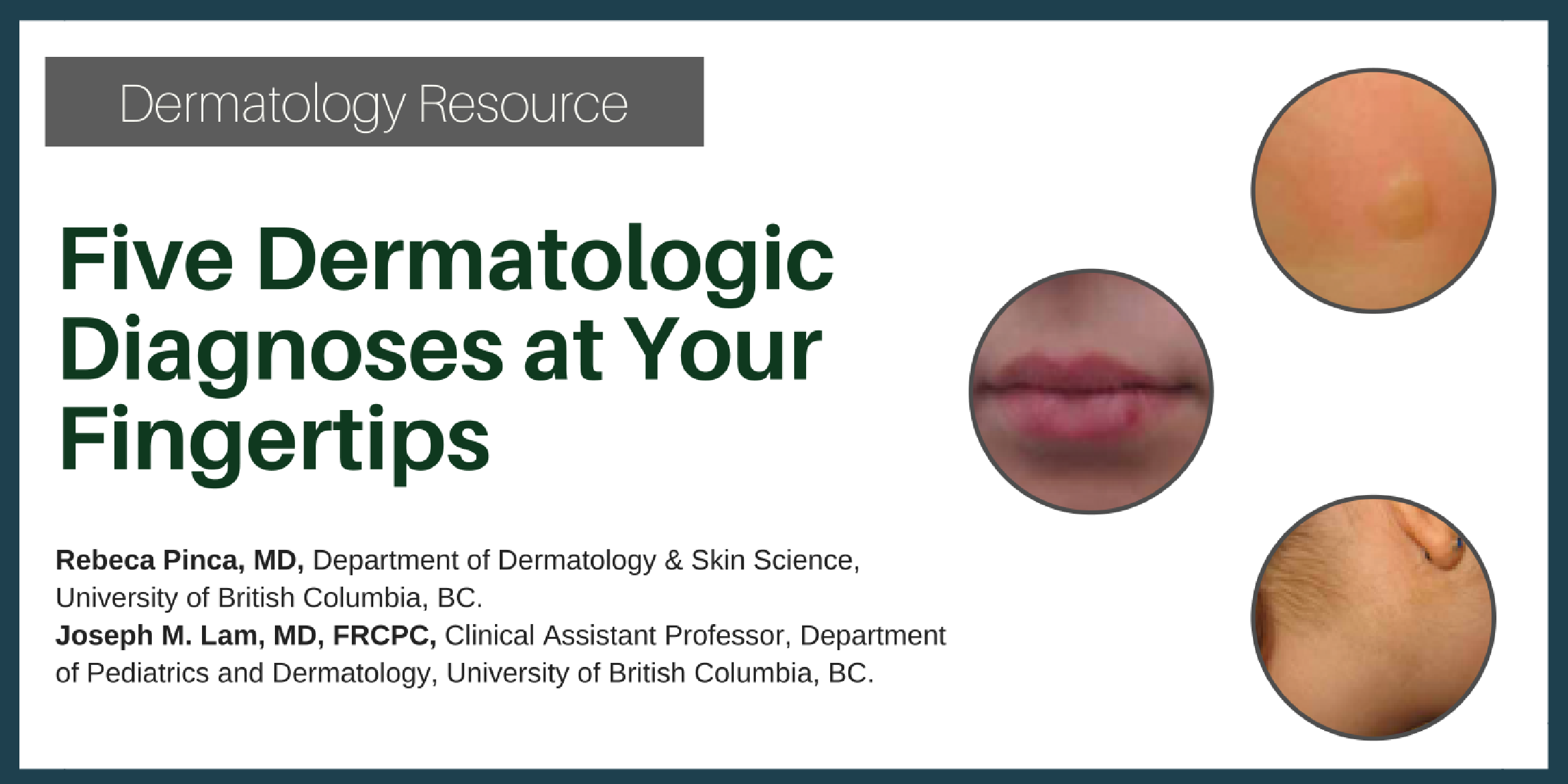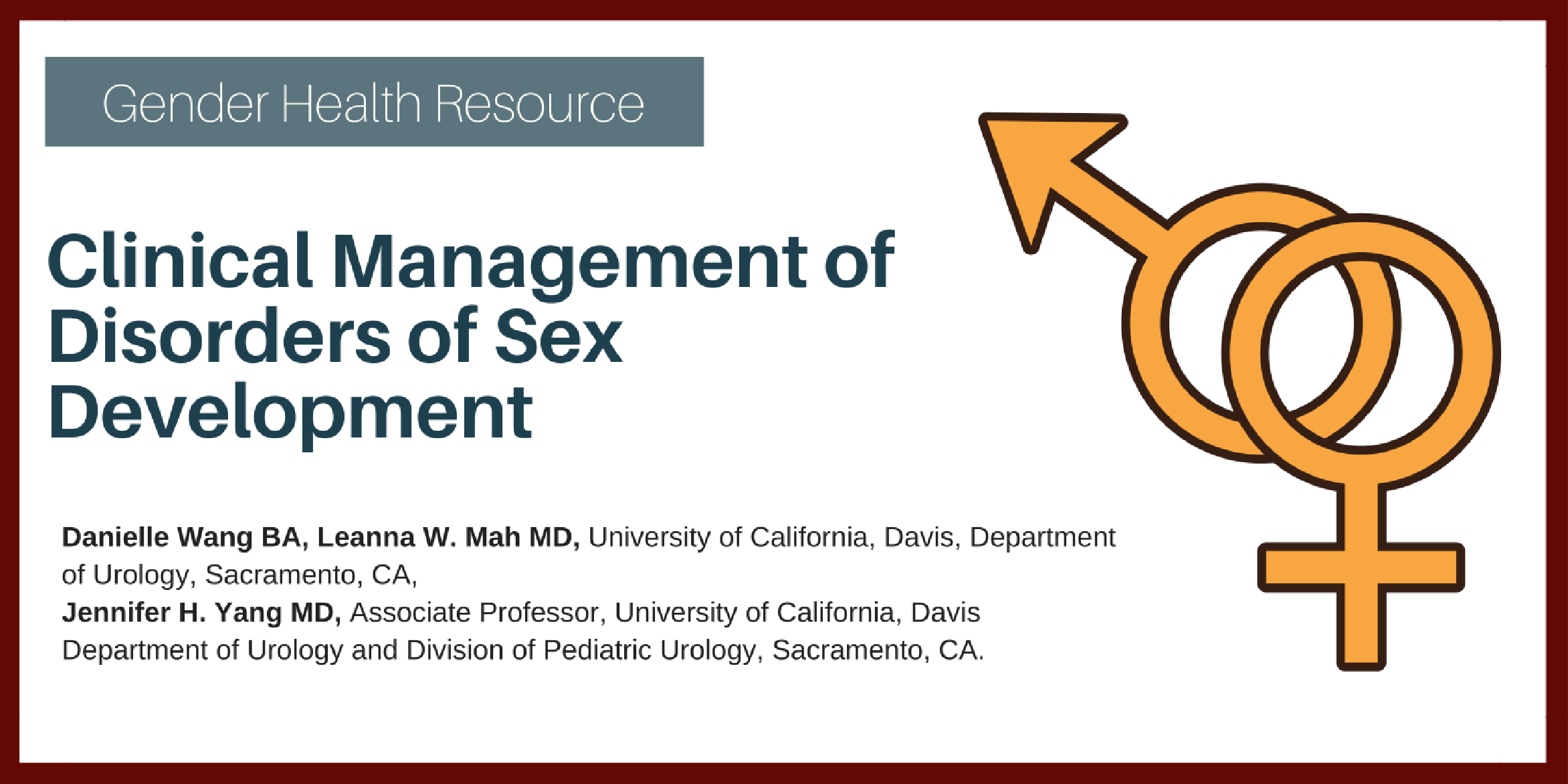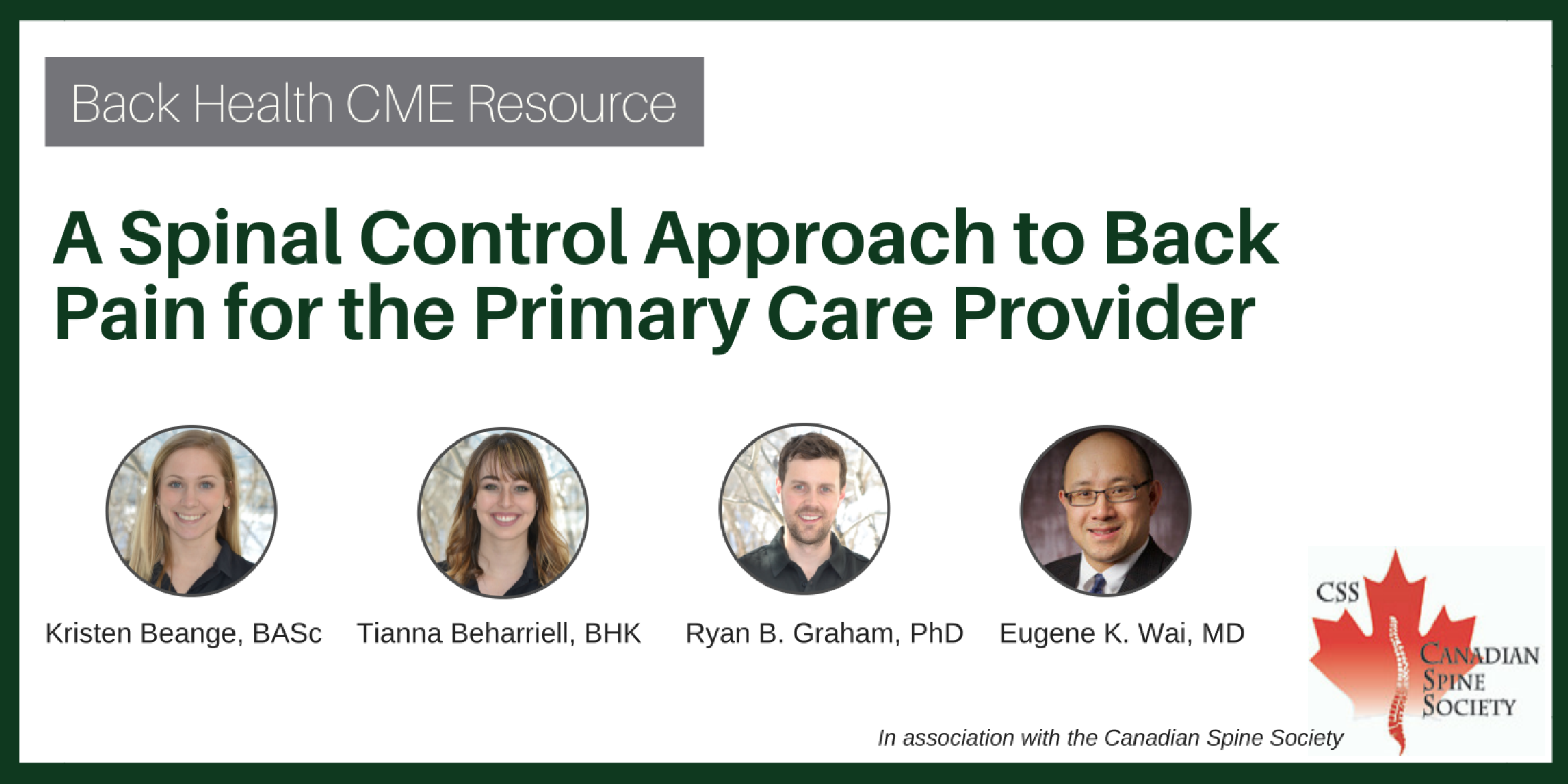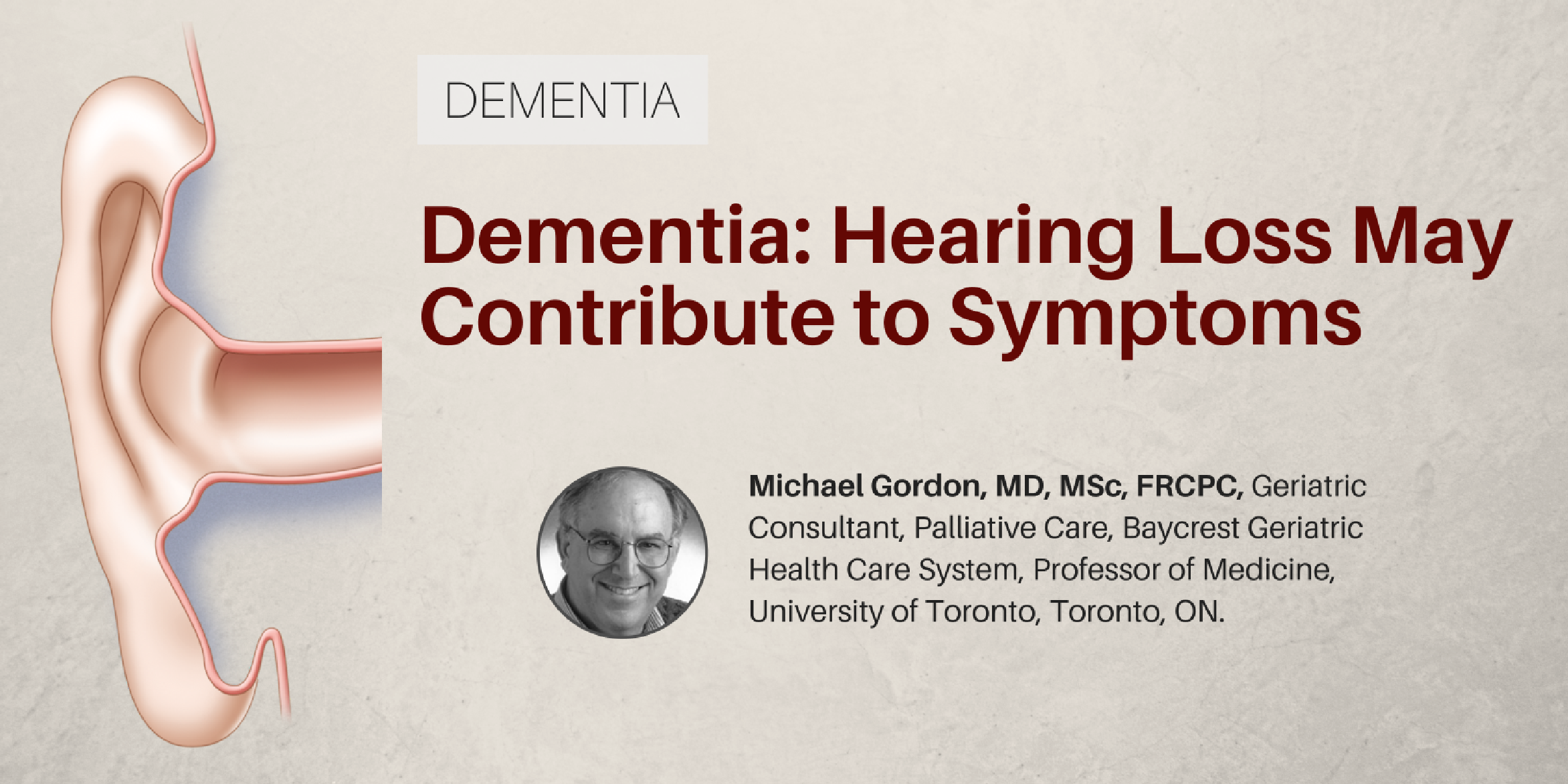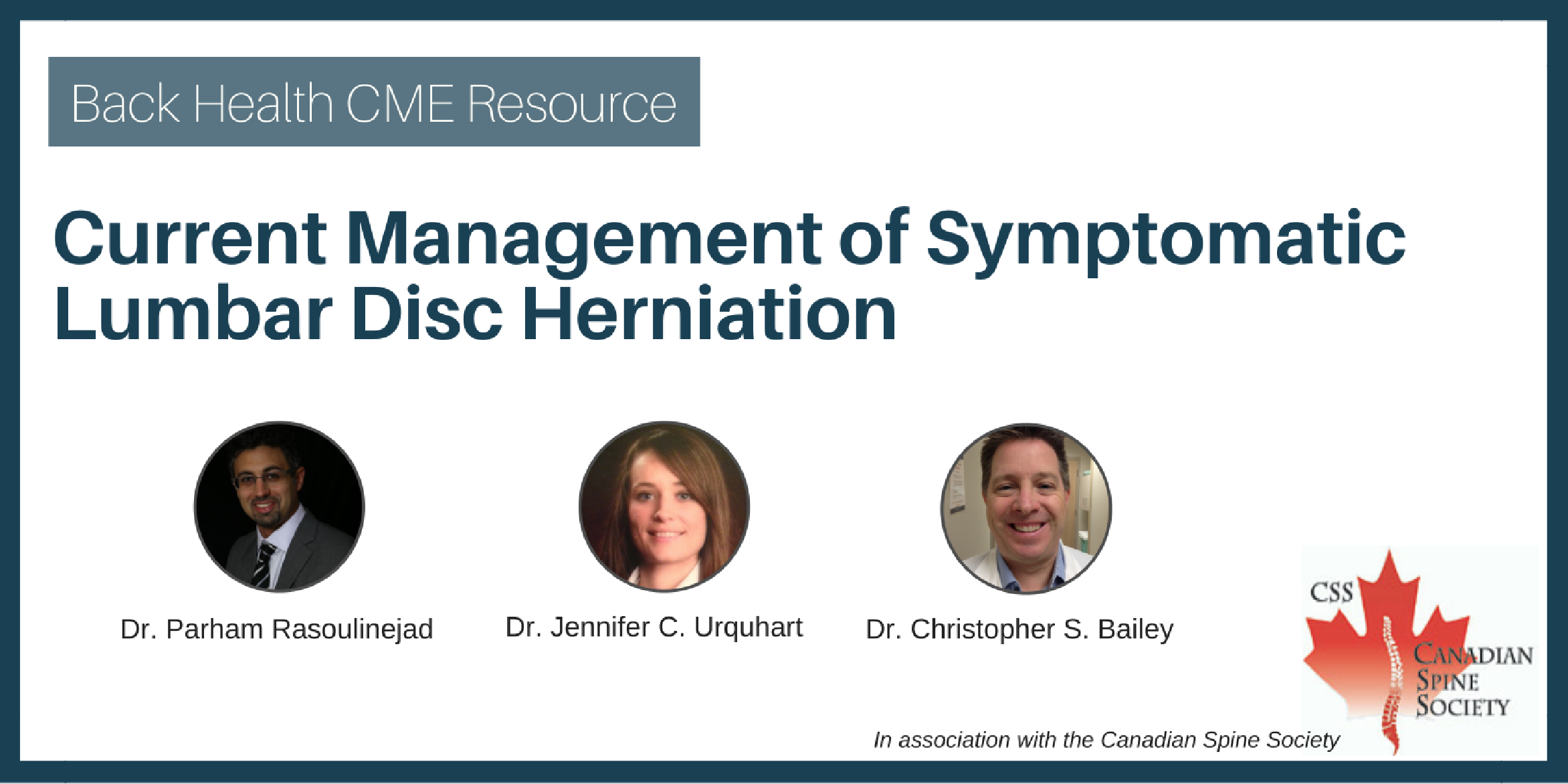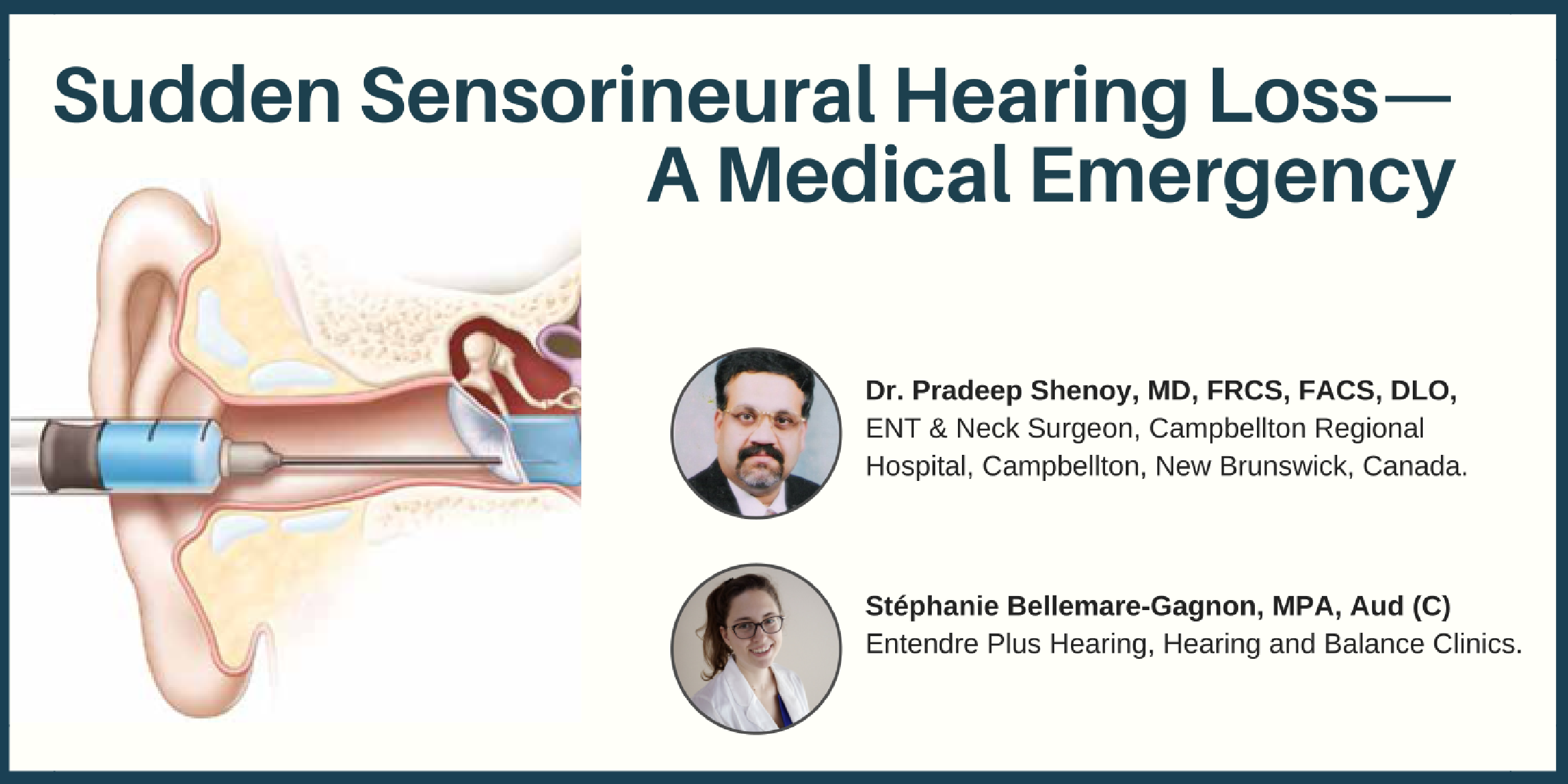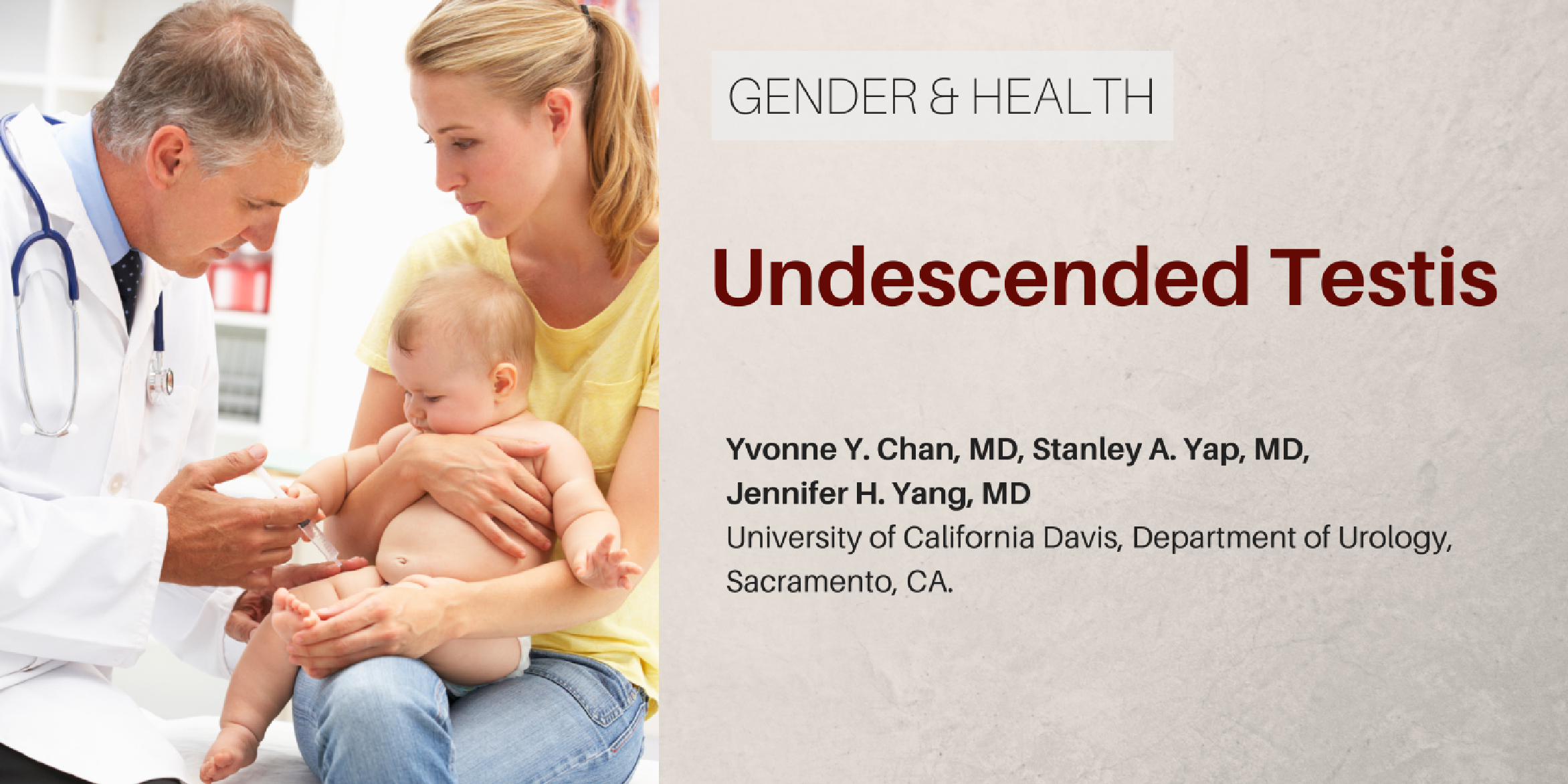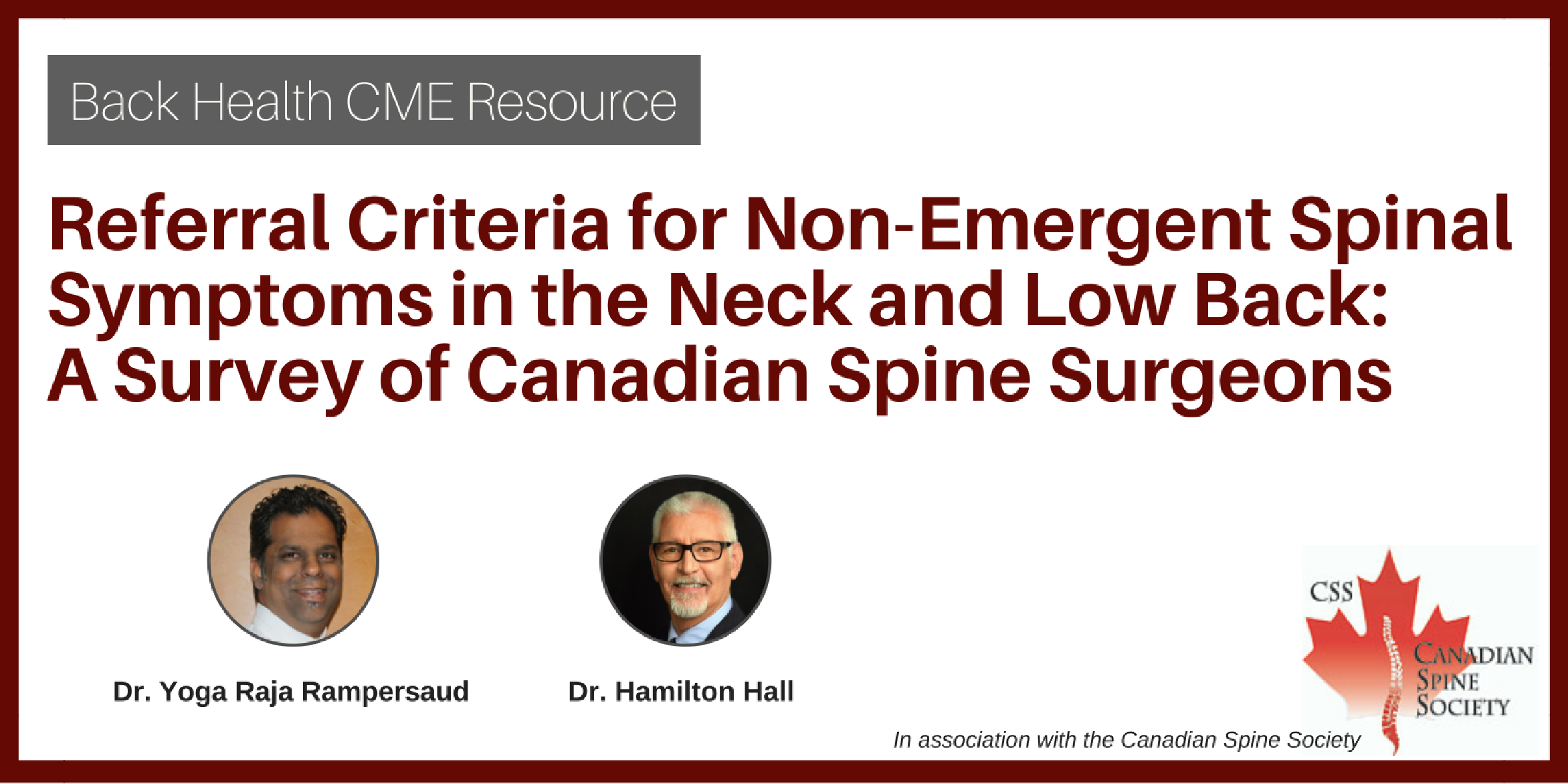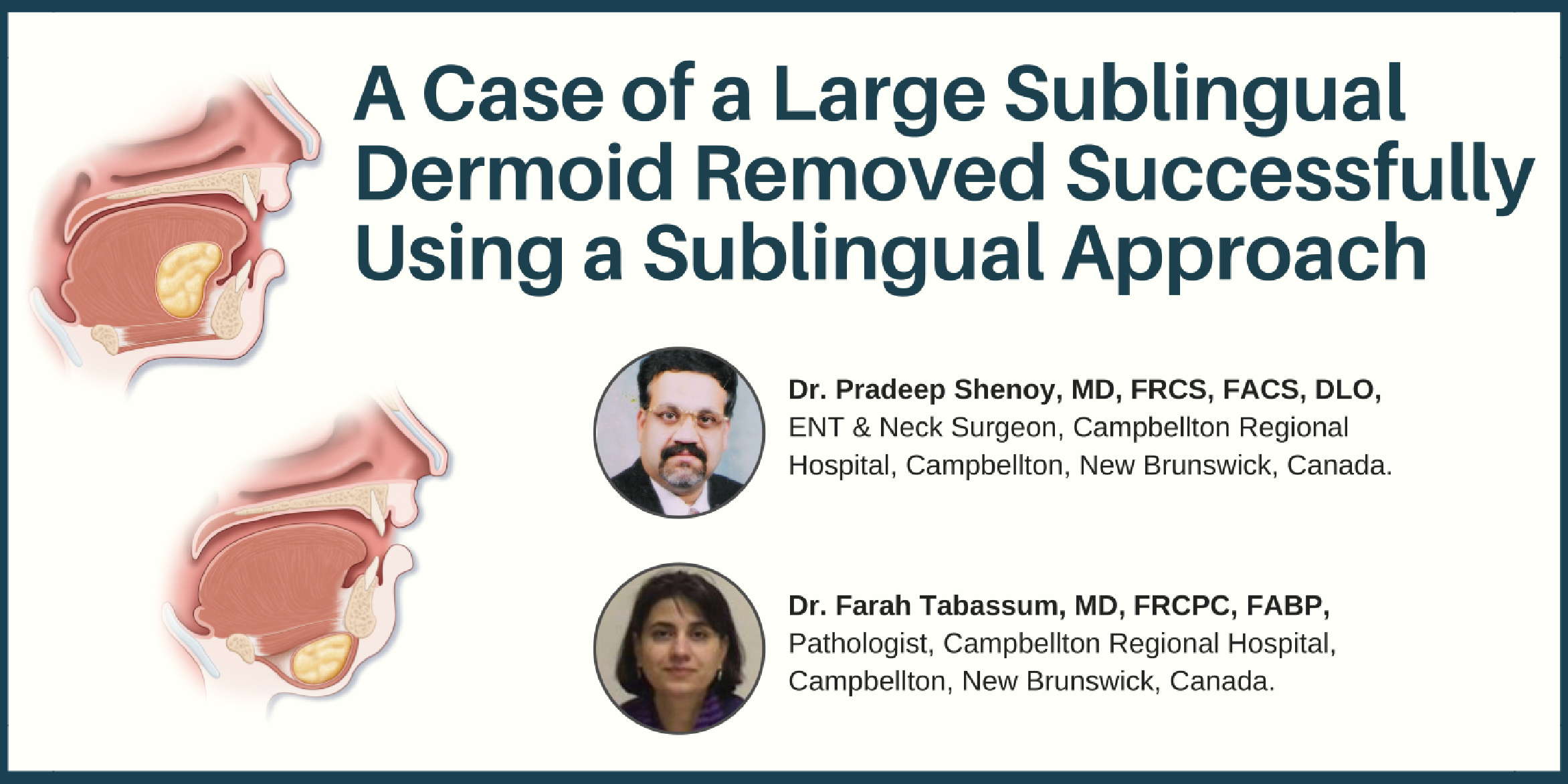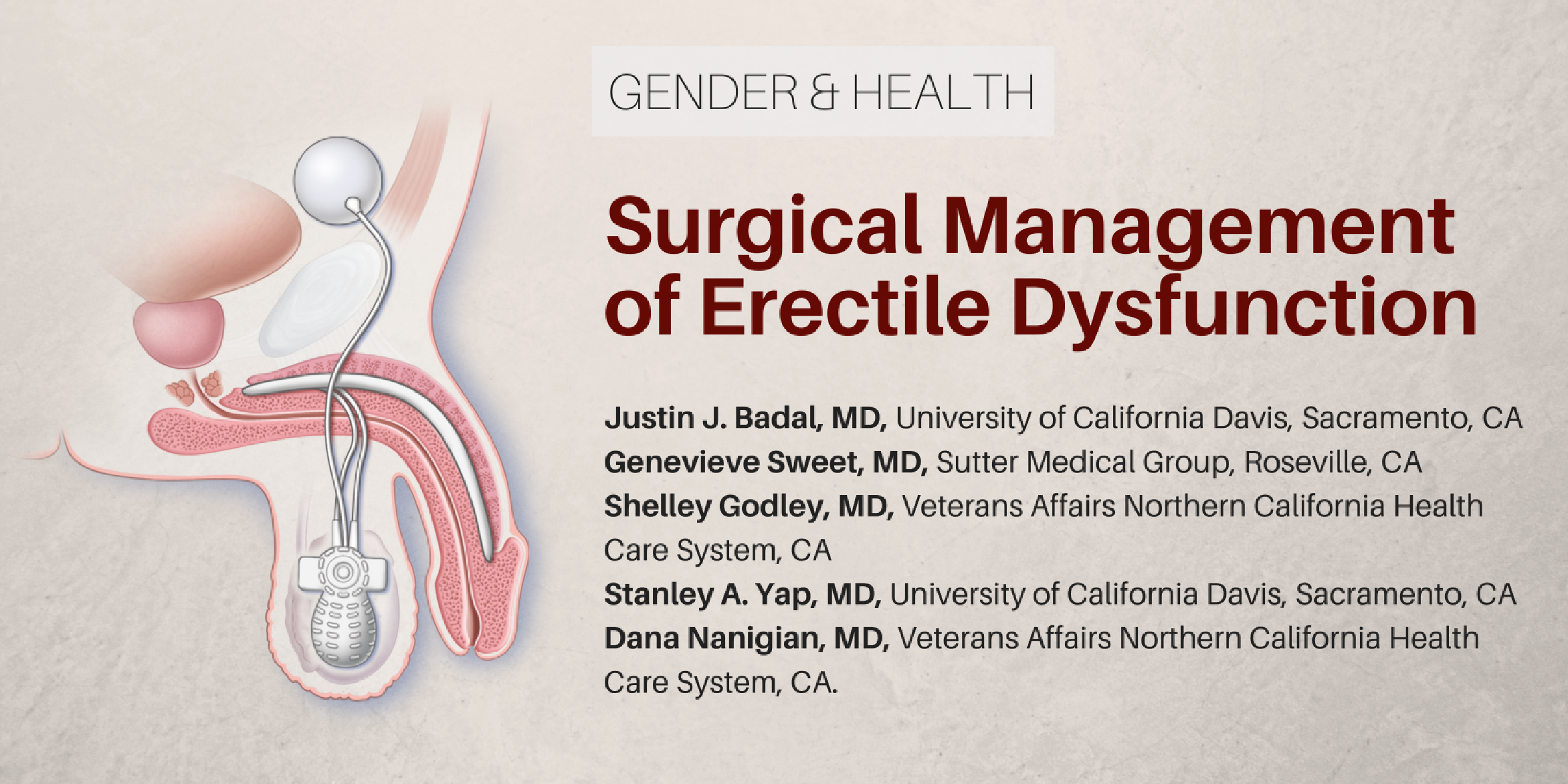1School of Human Kinetics, Faculty of Health Sciences, University of Ottawa, Ottawa, Ontario, Canada.
2School of Human Kinetics, Faculty of Health Sciences, University of Ottawa, Ottawa, Ontario, Canada.
3Ottawa Hospital Research Institute, Ottawa, Ontario, Canada. Department of Surgery, Faculty of Medicine, University of Ottawa, Ottawa, Ontario, Canada.
4School of Human Kinetics, Faculty of Health Sciences, University of Ottawa, Ottawa, Ontario, Canada.
